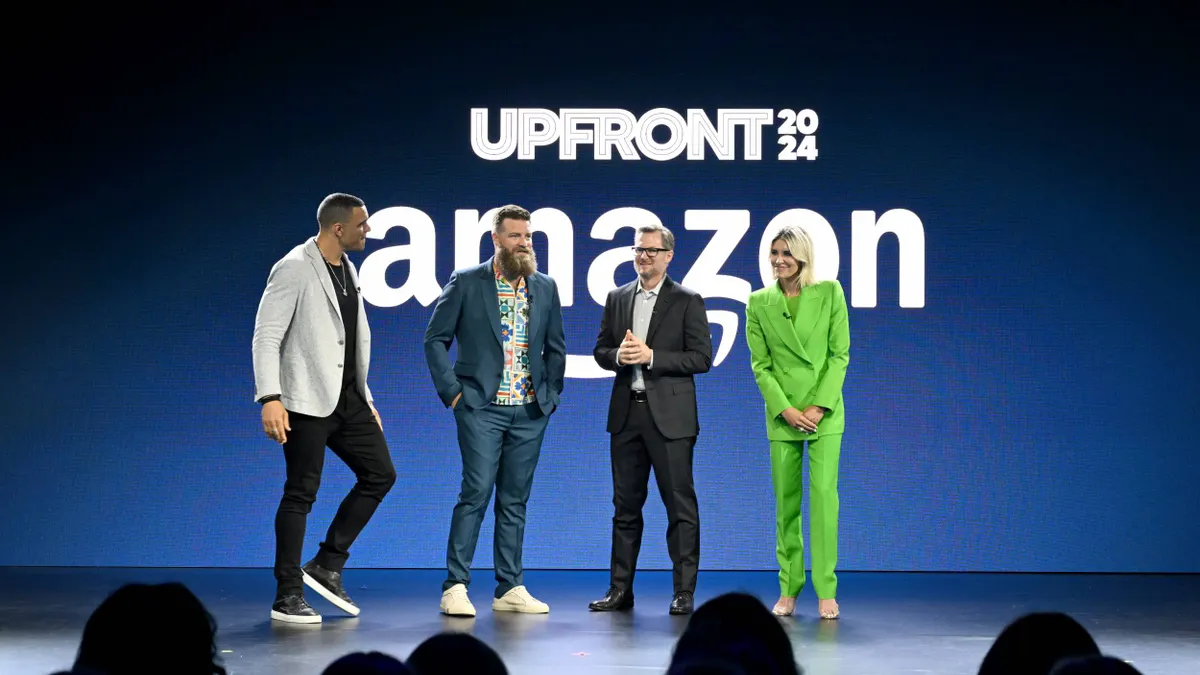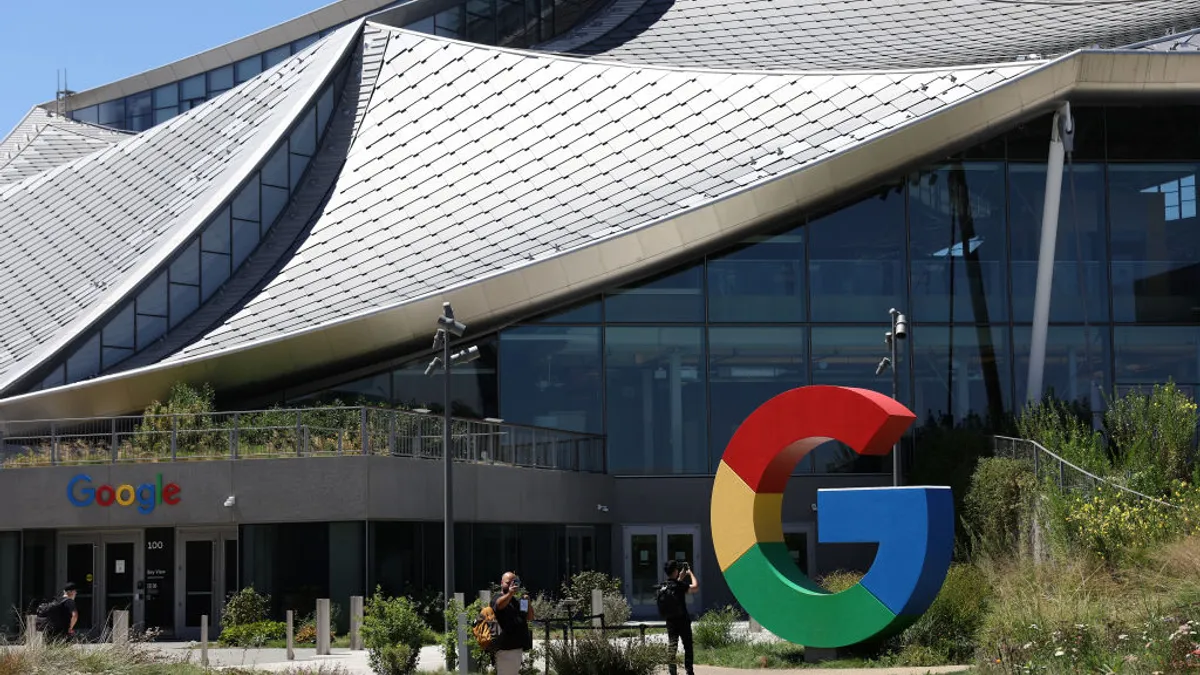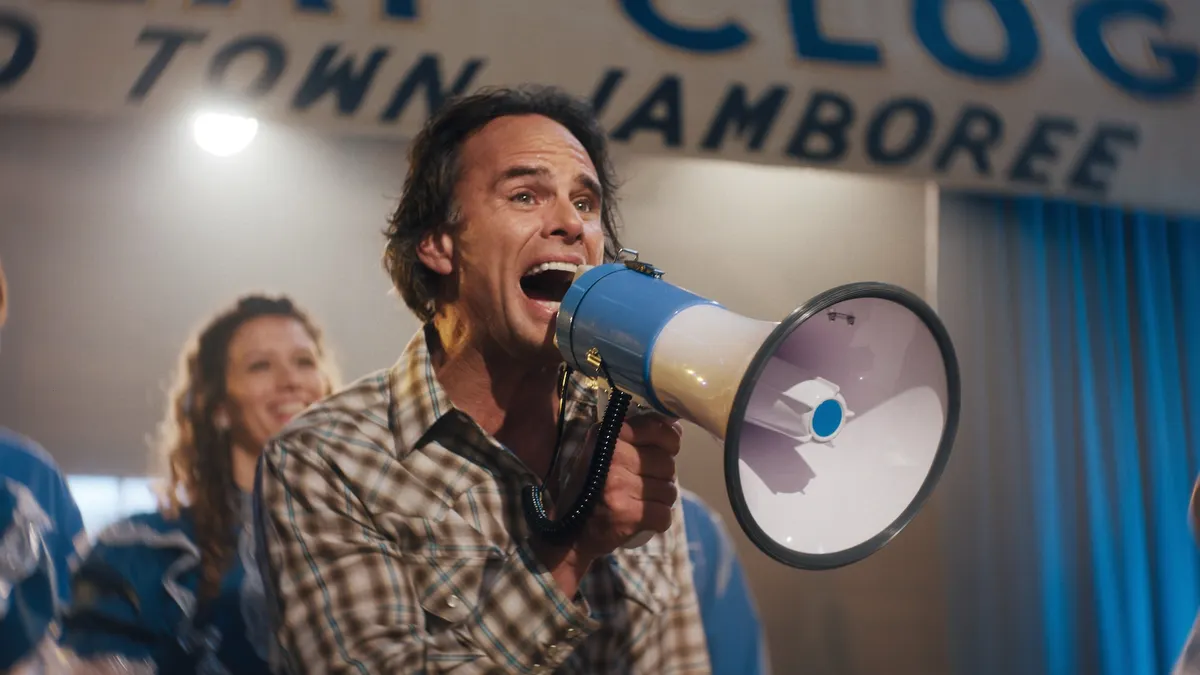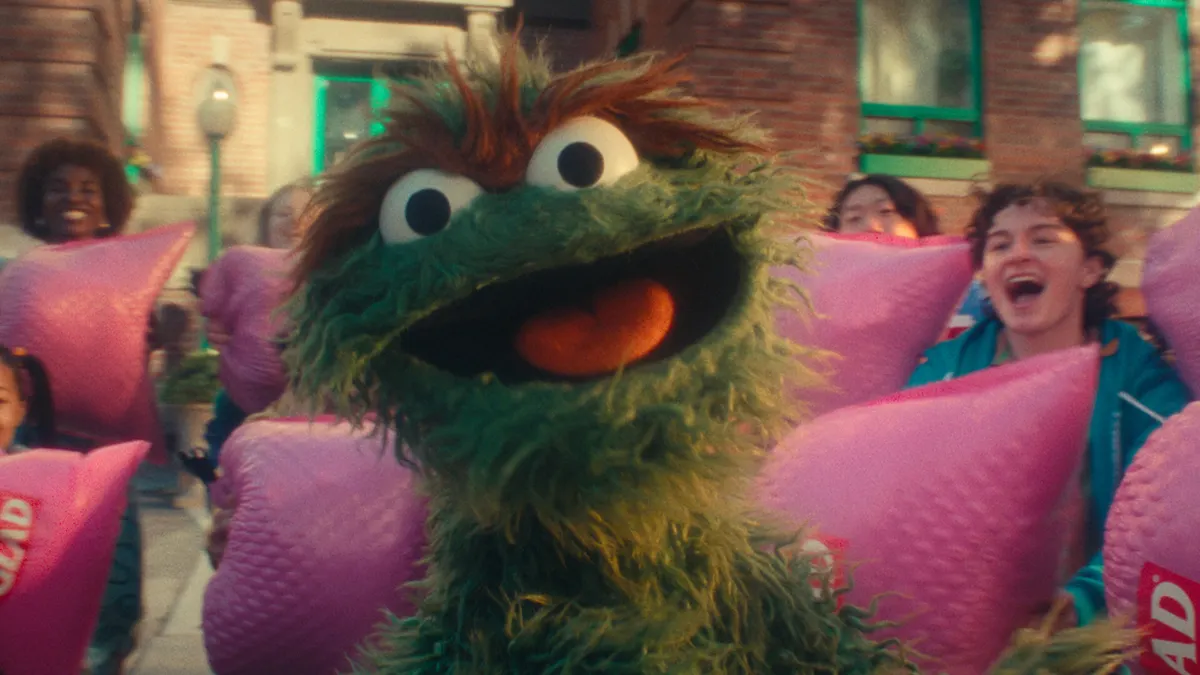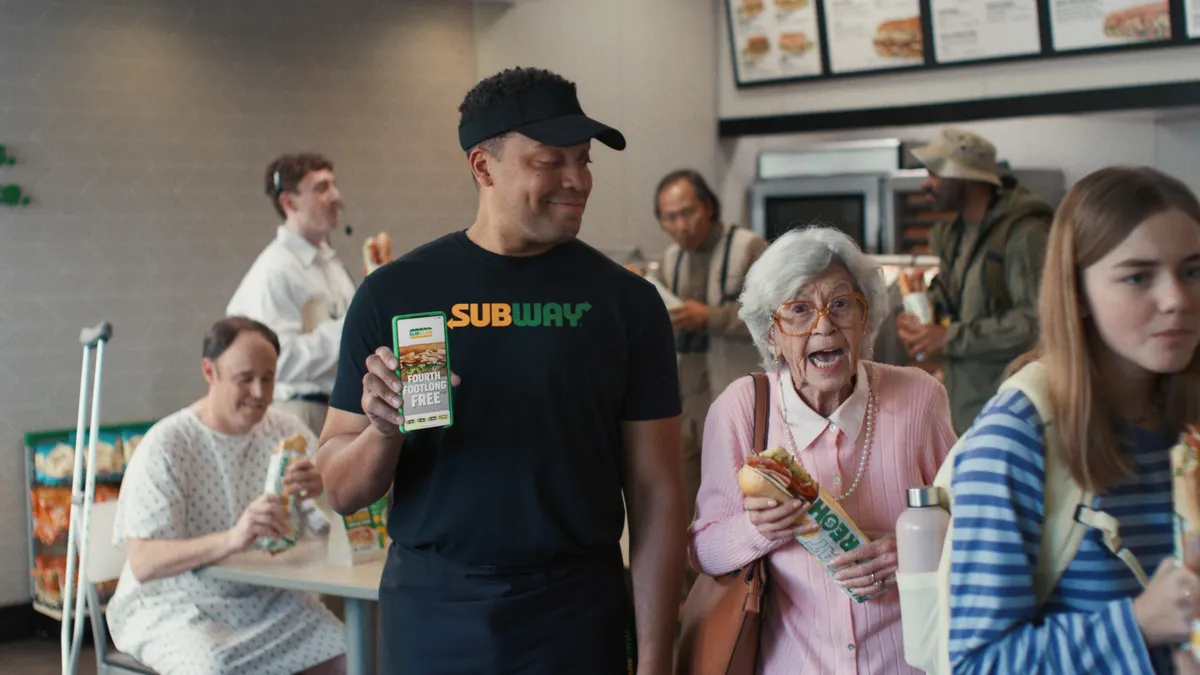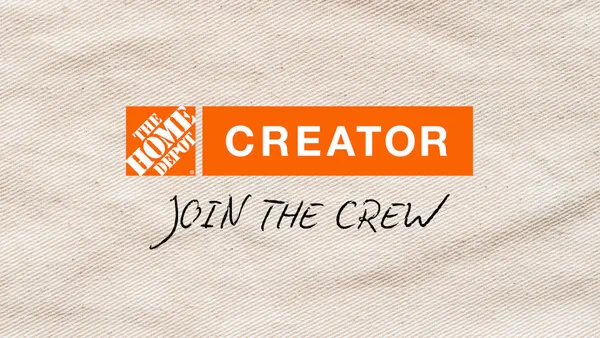Editor's Note: The following is a guest post from Evan Magliocca, brand marketing manager for Baesman Insights & Marketing.
There's a vast history of horror stories building around social influencers already. They've gotten a bad rap for some very good reasons like massive costs spent on an unknown, immeasurable and ill-defined marketing force with little understanding of results. Some are also very difficult to work with and cause a daily eye roll from their brand-side benefactors.
It's a high risk, high reward atmosphere that's causing cautious marketers to allocate marketing spend elsewhere.
I understand that sentiment and the caution around a sector in which anyone can call him or herself an "expert" or "influencer" simply because he or she has a certain number of followers.
Nonetheless, influencers are here to stay in the marketing mix. Their power to persuade customers through word-of-mouth is still undeniably intriguing considering that 74% of consumers say word-of-mouth is a key influence in their purchasing decisions.
It's human nature
It's somewhat incongruous that millennials and Gen Z — notorious for their distrust of brands — trust influencers so much. Influencers quintessentially "sold out" to corporations to persuade, influence and cajole customers into believing a "neutral" product review.
But that's the nature of social media's outsized influence today. Social's power over us has been a popular topic recently, even though human behavior can't really be changed.
We trust our personal contacts, friends, family and acquaintances. The difference is that 20 years ago, that circle was much smaller and more intimate than it is now with emerging technologies that increasingly connect the world.
Today, what each of us considers "friends and acquaintances" has broadened drastically. Even with that influx of tenuous friends, they still tend to hold just as much power as a truly close friend over our opinions, purchases and thoughts. In fact, 88% of people trust online reviews as much as a personal contact, so the clear majority of people trust an online opinion as much as they do a person they've known intimately for years.
Some brand guidelines
So, we know how powerful word-of-mouth is, but what can brands do to harness it?
Influencers are notoriously difficult to measure with no definable return, and many brands have been burnt by bad experiences in the past. Here are some general guidelines to consider:
1.) Understand your identity
Influencers come in all shapes and sizes. Most influencers flat-out aren't for you. Start with that realization.
In order to find influencers that will resonate with your customers, you need to understand your brand's own identity first. Every brand thinks they know who they are, but oftentimes, they don't.
The brand identity isn't all that much up to you — it's defined by your customers. So get out there and talk to them. Implement "voice of the customer" surveys, talk to your district managers and monitor social. You need to keep an ear to the ground to understand word-of-mouth, as it lives in a place completely outside the brand's purview where you have very little control.
Understand what your customers really think, want and aspire to become. From there, influencers will fall into place that might resonate best with your customers.
2.) Test the waters
One of the reasons some brands get burned so badly by influencers is because they dive in head-first. They commit budgets outright without testing and refining. This isn't the age of "Mad Men" — we test, we learn, we optimize and we grow. We are nerdier today than Don Draper, and that's a good thing. Why would that work any differently for influencer marketing?
Put a plan in place to grow into influencers. It's challenging to measure, but even with softer measurement we can read positive trends and learn over time how to measure. With influencers, take it slow and learn a little bit from each campaign.
3.) Don't be afraid to take chances
While you should test the waters and avoid going all-in right away, it's still a good idea to take some chances. This doesn't mean throwing a ton of money at a particular influencer; it means experimenting with the industry — mainly to make it measurable.
Try new ways to integrate content with other channels like highly measurable e-commerce and email. At its worst, you can't really measure success, but by taking some chances you might find new ways to measure growth.
Consider that the size of followers doesn't necessarily correlate to impact. Many micro-influencers are better, more trusted sources that can truly change a brand's image if you gather the right group of them.
Influencer marketing shouldn't be the Wild West
Every other major marketing channel over the past decade has transformed from an art to a science — from creative-driven to numbers-driven. Social has started down that path, but has a long road ahead. There's no reason to think that influencer marketing won't undergo the same transition.
But that transition won't start until marketers undertake the challenges and difficulties associated with influencer marketing. It can be a powerful tool, but marketers need to push back on the status quo when appropriate. They can't let a lack of measurement and a shoulder shrug be acceptable answers. The rules of the game are broken and they aren't good enough. Let's make them better.


